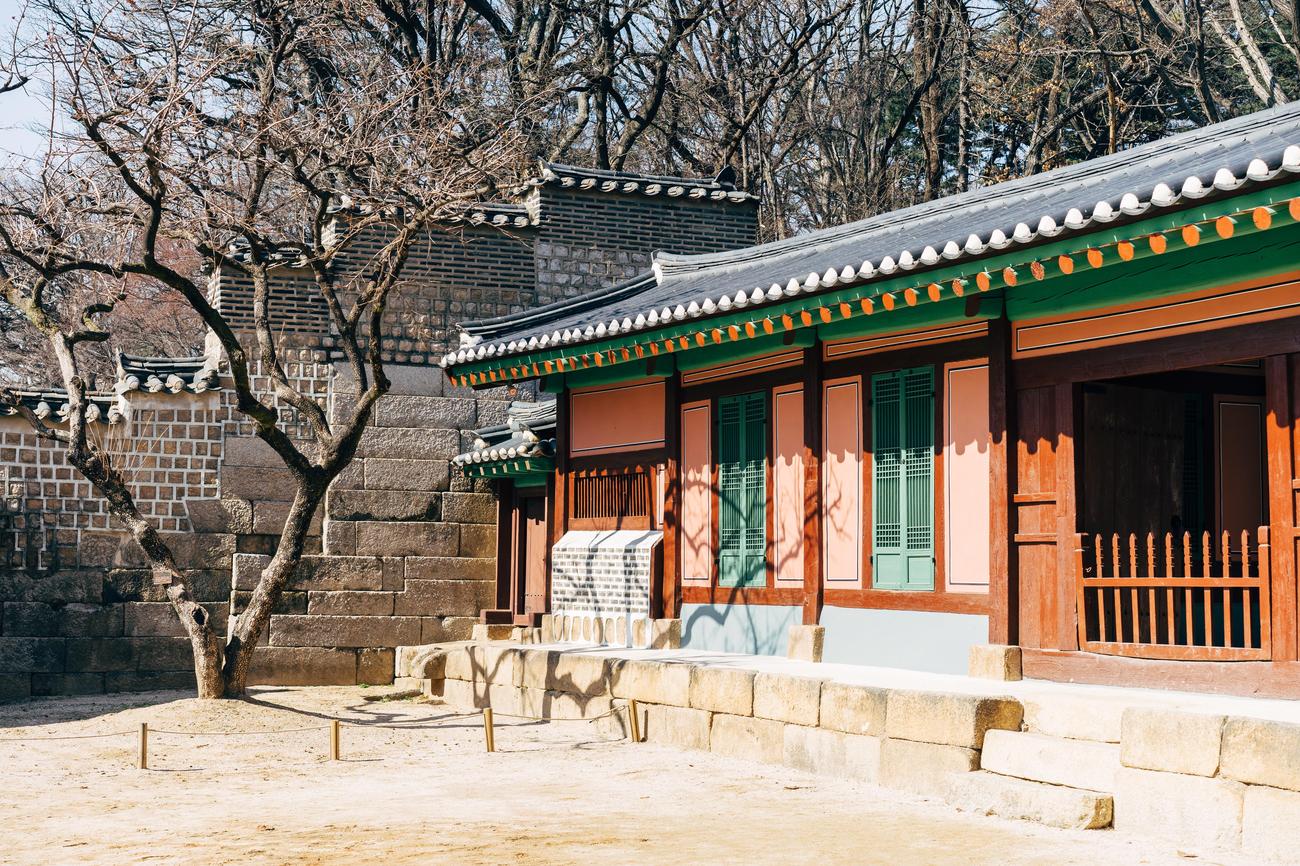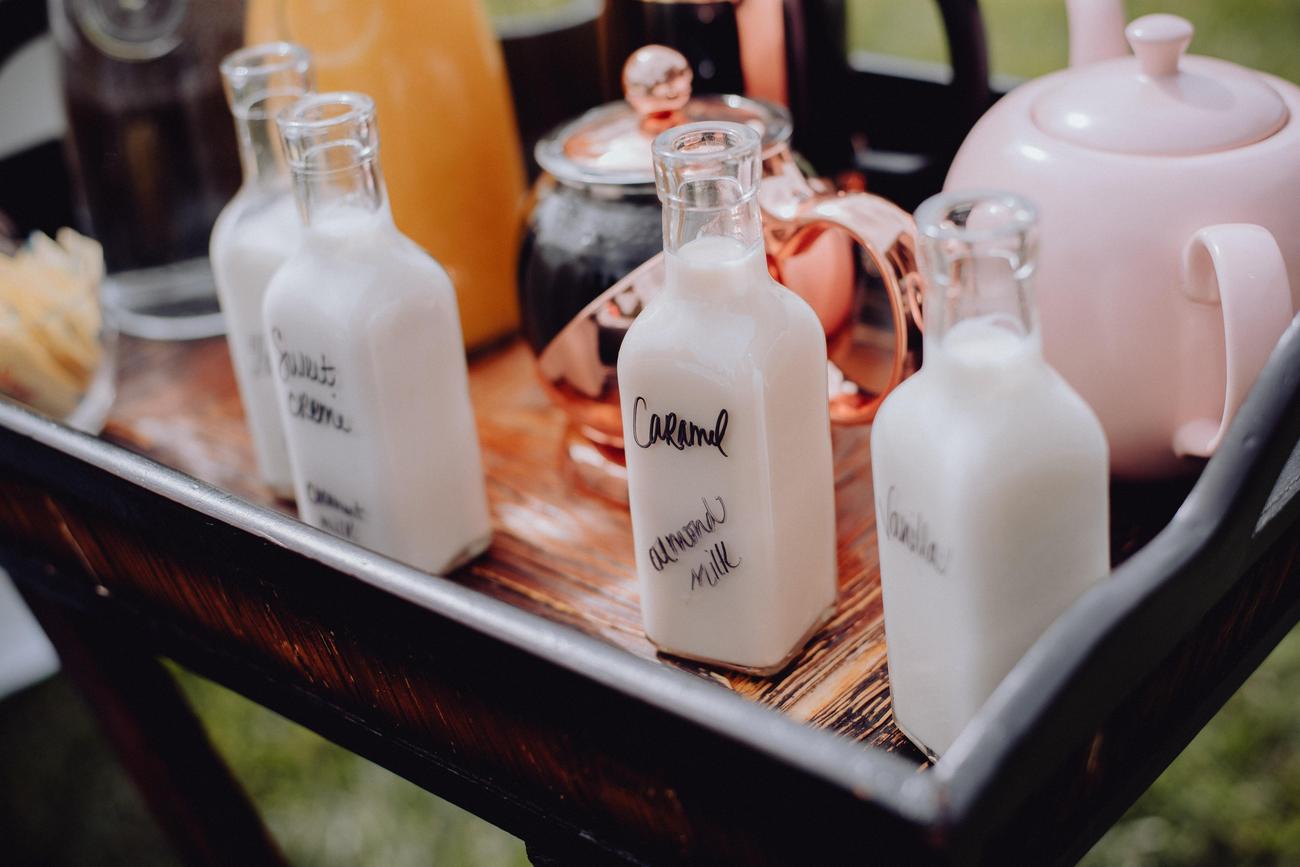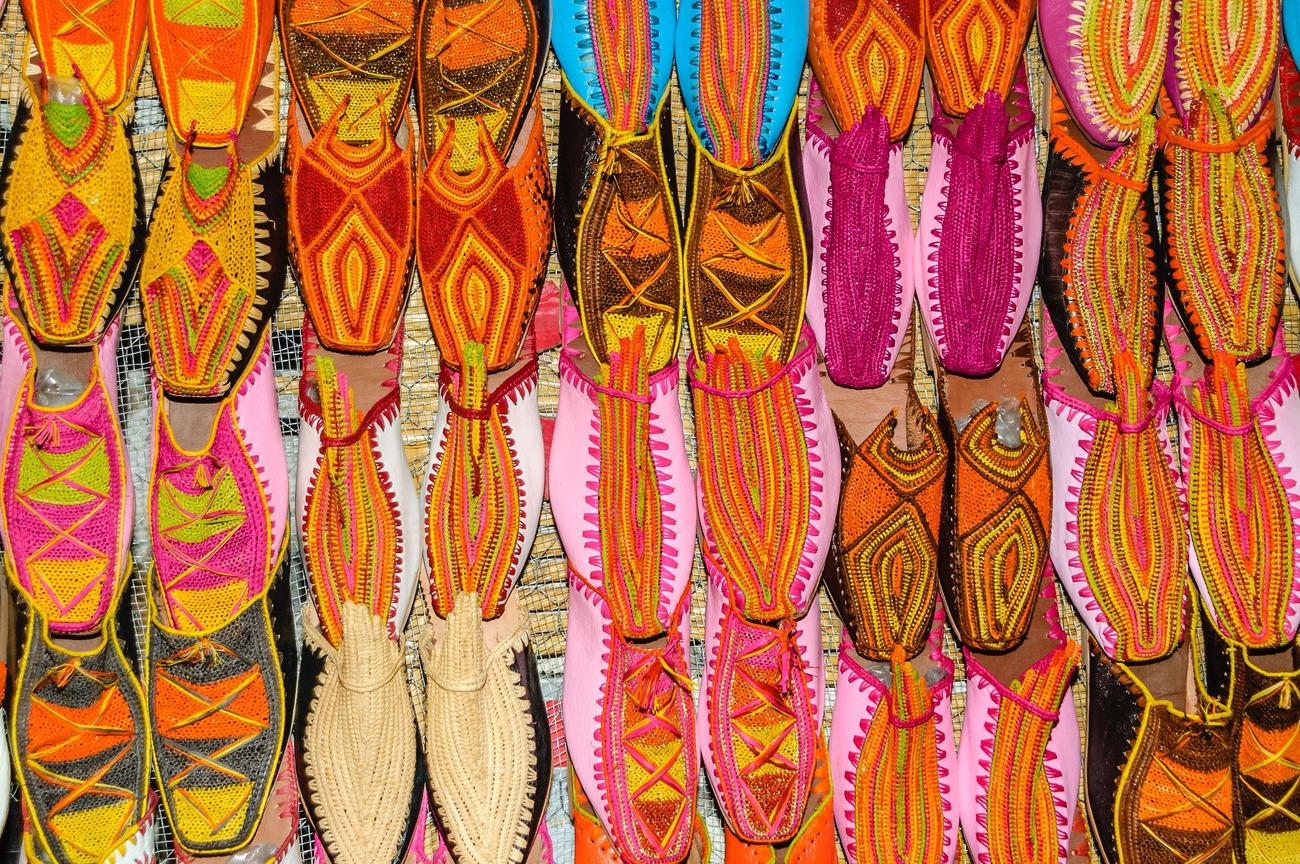Welcome to the captivating world of Traditional Native American Tamale Ingredients! In this article, we will embark on an exciting journey into the depths of indigenous flavors, exploring the fascinating art of making tamales. Drawing upon my extensive research and firsthand experiences, we will unravel the rich tapestry of traditional Native American cuisine, highlighting the significance of ingredients like blue corn, chiles, and wild game. Get ready to immerse yourself in a culinary adventure that celebrates the vibrant history, flavors, and cultural heritage of the Native American people. Let’s dive in and discover the secrets behind these delectable treasures!

Traditional Native American Tamale Ingredients
When it comes to traditional Native American cuisine, tamales stand out as a beloved and culturally significant dish. These small steamed cakes of corn dough have a long history dating back to Mesoamerica and continue to be enjoyed today in various Latin American countries, including Mexico and El Salvador. As an experienced food writer with a passion for exploring diverse culinary traditions, I have delved into the rich tapestry of traditional Native American food, specifically focusing on the art of making tamales and the ingredients that make them truly authentic and delicious.
To truly capture the essence of traditional Native American tamales, it’s essential to understand the key ingredients and preparation techniques that have been passed down through generations. At the heart of this dish is masa harina, a fine-ground corn treated with slaked lime. This corn dough is the foundation of the tamale, transformed into a thick and pliable paste. The use of masa harina provides a distinct flavor and texture that is characteristic of traditional tamales. It’s important to note that masa harina is not the same as regular cornmeal, as the slaked lime treatment gives it a unique flavor and improves its nutritional value.
When it comes to fillings, traditional tamales offer a range of options that cater to different tastes. From savory fillings like beef, chicken, and pork to sweet fillings featuring raisins and cinnamon, there is something for everyone. These fillings add depth and complexity to the tamale, elevating it from a simple steamed corn cake to a satisfying and flavorful culinary experience.
“The versatility of traditional Native American tamales is truly remarkable. From savory to sweet, there’s a tamale filling for every palate.”
In addition to traditional fillings, different indigenous tribes have their own distinct tamale recipes that showcase the abundance of local ingredients and culinary traditions. For example, tribes like the Quechua, Aymara, and Nazca in the Andes region have traditional tamale recipes that incorporate local ingredients like guinea pig and fried green tomatoes. These unique flavors and combinations offer a glimpse into the cultural and culinary diversity of Native American cuisine.
Native American tribes such as the Pueblo, Apache, and Navajo also have their own distinct tamale recipes. These recipes often utilize local ingredients indigenous to their regions, such as beans, squash, and wild game. By incorporating ingredients from their surroundings, these tribes have created tamales that not only reflect their cultural heritage but also celebrate the rich biodiversity of their environments.
“The incorporation of local ingredients in traditional Native American tamales not only adds flavor but also connects us to the natural landscapes and cultural history of these indigenous communities.”
To wrap it all together, traditional tamales are typically wrapped in corn husks or banana leaves. This wrapping not only holds the tamale together but also imparts a subtle flavor and aroma to the dish. It’s important to soak the husks or leaves before use to ensure they are pliable and easy to work with. The act of wrapping the tamale is a skill in itself and varies across different tribes and regions, adding to the depth and diversity of this traditional dish.
“Wrapping tamales in corn husks or banana leaves is like presenting a gift. It adds an extra layer of flavor and showcases the artistry involved in creating this culinary masterpiece.”
In conclusion, exploring the world of traditional Native American tamales is a journey that highlights the depth and diversity of indigenous cuisine. The use of ingredients like masa harina, a range of fillings, and local ingredients specific to different tribes and regions all contribute to the unique flavors and cultural significance of this beloved dish. By delving into the traditional tamale ingredients, we not only celebrate the history and flavors of Native American cuisine but also support the preservation and appreciation of cultural heritage.
“Traditional Native American tamale ingredients are more than just culinary elements – they are a testament to the rich tapestry of indigenous cultures and flavors that have stood the test of time.”
Native American Tamales are a unique and delicious dish that combines traditional flavors with a twist. If you’re looking for an authentic Native American Tamales recipe, look no further! Our website has a fantastic recipe that will surely satisfy your cravings. Click here to explore the Native American Tamales Recipe: Native American Tamales Recipe

FAQ
Question 1
What is a tamale?
Answer 1
A tamale is a small steamed cake of dough made from corn (maize) in Mesoamerican cuisine. It is typically wrapped in corn husks or banana leaves and has various fillings such as beef, chicken, pork, or sweet fillings with raisins and cinnamon.
Question 2
What is masa harina?
Answer 2
Masa harina is a fine-ground corn treated with slaked lime. It is used to make a thick paste for tamales and other traditional corn-based dishes.
Question 3
What are some traditional ingredients used in Native American tamales?
Answer 3
Native American tribes such as the Pueblo, Apache, and Navajo have their own distinct tamale recipes using local ingredients. Some traditional ingredients used in Native American tamales include beans, squash, and wild game.
Question 4
Where do tamales have cultural significance?
Answer 4
Tamales have cultural significance in various Latin American countries, including Mexico and El Salvador. They also have a long history and are part of the indigenous cuisine of the Americas.
Question 5
What are some unique tamale recipes from indigenous tribes?
Answer 5
Indigenous tribes like the Quechua, Aymara, and Nazca in the Andes have traditional tamale recipes using local ingredients like guinea pig and fried green tomatoes. These unique recipes showcase the diversity and cultural heritage associated with tamales.
“`json
“`
- Senior at What Age: Benefits & Eligibility Guide - March 29, 2025
- Unlocking Senior Benefits: How Old is a Senior? Your Complete Guide - March 29, 2025
- Master Russian Politeness:A Guide to Saying Please - March 29, 2025
















